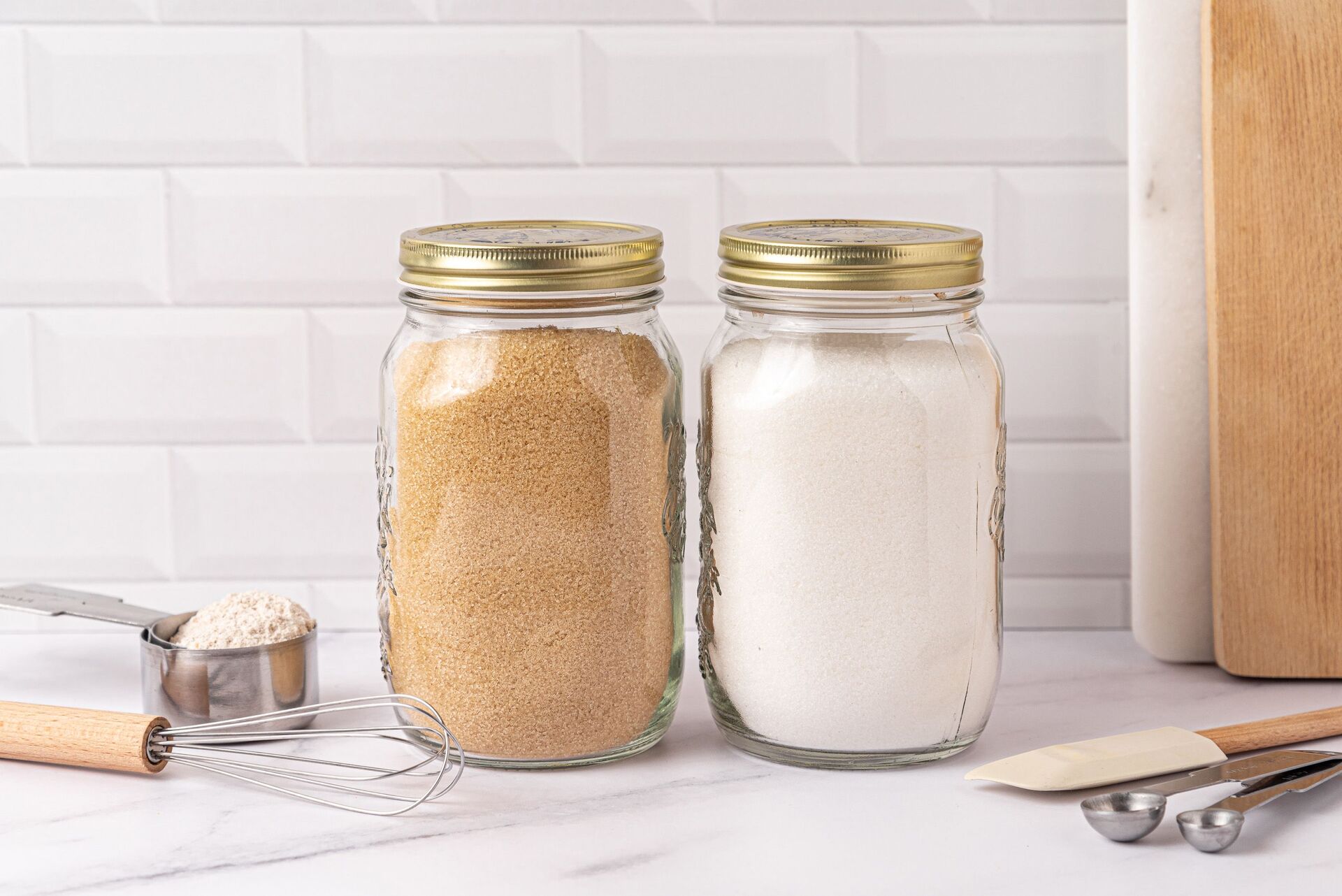

Articles
How To Store Bulk Sugar
Modified: January 5, 2024
Learn the best methods for storing bulk sugar in this informative article. Discover helpful tips to keep your sugar fresh and accessible.
(Many of the links in this article redirect to a specific reviewed product. Your purchase of these products through affiliate links helps to generate commission for Storables.com, at no extra cost. Learn more)
Introduction
Storing bulk sugar properly is essential for maintaining its quality and preventing moisture damage or infestation. Whether you’re a baker, food manufacturer, or simply someone who likes to buy sugar in bulk, knowing how to store it correctly will ensure that it remains fresh and usable for a long time.
When stored incorrectly, sugar can become clumpy or attract pests, rendering it unusable. To avoid this, it is crucial to select the right storage container, prepare the storage area, package the sugar correctly, and keep it in a dry environment. Additionally, monitoring and rotating your sugar stock will help maintain its freshness and quality over time.
In this article, we will discuss each of these aspects in detail, providing you with a comprehensive guide on how to store bulk sugar effectively.
Key Takeaways:
- Choose airtight containers like food-grade plastic or glass jars to store bulk sugar, keeping it fresh and free from moisture and pests. Label containers with expiration dates for easy tracking.
- Maintain a dry storage environment, control temperature and humidity, and use moisture-absorbing agents to prevent clumping and spoilage. Implement FIFO method, monitor stock, and keep pests away for optimal sugar storage.
Read more: How To Store Sugar
Choosing the Right Storage Container
When it comes to storing bulk sugar, choosing the right storage container is of utmost importance. The container you use should be airtight, moisture-proof, and sturdy enough to protect the sugar from external factors that can compromise its quality.
One popular choice for storing sugar in bulk is food-grade plastic containers with tight-fitting lids. These containers are readily available in various sizes and are designed to keep moisture and pests out. Look for containers made of high-density polyethylene (HDPE), as they are durable and resistant to accidental spills.
Another option is using glass jars with airtight seals. Glass is non-reactive and does not absorb odors, ensuring that your sugar remains pure and untainted. However, keep in mind that glass containers can be fragile and heavy, so consider your storage space and handling capabilities before selecting this option.
Regardless of the material you choose, make sure the container has a secure sealing mechanism to keep air and moisture out. This will prevent the sugar from clumping or absorbing any unwanted odors.
It’s also important to consider the size of the container. You want it to be large enough to accommodate your bulk sugar but not too large that it leaves excessive headspace. Air trapped in the container can lead to moisture buildup and affect the quality of the sugar.
Lastly, label the container clearly with the expiration date, quantity, and any other relevant information. This will help you keep track of your sugar stock and ensure that older supplies are used first.
Now that you know what to look for in a storage container, let’s move on to preparing the storage area and ensuring that it is suitable for storing bulk sugar.
Preparing the Storage Area
Before storing bulk sugar, it’s important to prepare the storage area to create an optimal environment for preserving its freshness. Here are some steps to follow when preparing your storage area:
1. Clean and dry the area: Start by cleaning the storage area to remove any dust, dirt, or debris. Sweep or vacuum the floor and wipe down the shelves or surfaces where the sugar will be stored. Ensure that the area is completely dry before proceeding.
2. Temperature control: Sugar is best stored in a cool, dry place with a consistent temperature. The ideal temperature range for sugar storage is between 50°F and 70°F (10°C – 21°C). Avoid placing the sugar near sources of heat or direct sunlight, as this can cause the sugar to melt or clump together.
3. Humidity control: Sugar is hygroscopic, meaning it can absorb moisture from the surrounding environment. To prevent clumping and moisture damage, the storage area should have low humidity. Consider using dehumidifiers or silica gel packets to maintain a dry environment.
4. Pest prevention: Ensure that the storage area is free from pests such as ants, cockroaches, or rodents that can contaminate the sugar. Seal any cracks or openings that pests could potentially use as entry points. You may also consider using pest repellents or traps as a preventive measure.
5. Organization: Set up the storage area in a way that allows for easy access and inventory management. Arrange the sugar containers in a logical order, labeling each container with its contents and expiration date. This will help you locate specific batches and ensure that older stock is used first.
By taking these steps to prepare the storage area, you’ll create an environment that promotes the longevity and quality of your bulk sugar. Next, let’s move on to the proper packaging techniques for storing sugar.
Properly Packaging Bulk Sugar
When it comes to storing bulk sugar, proper packaging is crucial to maintain its quality and prevent moisture absorption or contamination. Here are some guidelines to follow for properly packaging your bulk sugar:
1. Use food-grade packaging materials: Ensure that the packaging materials you use are food-safe and suitable for long-term storage. Food-grade plastic bags or heavy-duty plastic wrap are commonly used for packaging bulk sugar. Make sure the packaging is durable and resistant to punctures or tears.
2. Seal the packaging tightly: To prevent moisture from entering the packaging, it’s important to seal it tightly. Use a heat sealer or twist ties to securely close the plastic bags. Ensure there are no gaps or openings that can allow air or moisture to sneak in.
3. Consider double-bagging: If you want to add an extra layer of protection, consider double-bagging your bulk sugar. This involves placing the sugar-filled bags inside a second bag before sealing. Double-bagging can provide an added barrier against moisture and pests.
4. Use portion-sized packaging: If you frequently use small amounts of sugar, consider portioning your bulk supply into smaller, individual packages. This can be done using resealable plastic bags or small airtight containers. By doing so, you minimize the risk of exposing your entire supply to air and moisture each time you need a small amount.
5. Label each package: Remember to label each package with the contents, date of packaging, and any other relevant information. This will help you track the freshness and usage of the sugar, ensuring that older stock is used first.
Properly packaging your bulk sugar will help maintain its freshness and quality throughout its storage period. Next, let’s discuss the importance of storing sugar in a dry environment.
Store bulk sugar in an airtight container in a cool, dry place to prevent clumping and moisture absorption. Consider using a food-grade bucket with a tight-fitting lid for easy access and long-term storage.
Storing Sugar in a Dry Environment
One of the key factors in storing bulk sugar successfully is ensuring a dry environment. Moisture can cause sugar to clump together and accelerate spoilage, rendering it unusable. Here are some tips for storing sugar in a dry environment:
1. Avoid humid areas: Choose a storage location where the humidity is low. High humidity can lead to condensation and moisture buildup, which may affect the quality of the sugar. Keep the sugar away from areas such as the kitchen sink, dishwasher, or laundry room, where moisture levels tend to be higher.
2. Use moisture-absorbing agents: Place moisture-absorbing agents such as silica gel packets or moisture-absorbing crystals in the storage containers or near the sugar bags. These agents will help absorb any moisture in the air, keeping the sugar dry and free from clumping. Make sure to replace or recharge the moisture-absorbing agents regularly as instructed.
3. Monitor temperature fluctuations: Fluctuations in temperature can contribute to condensation and moisture buildup. Avoid storing sugar in areas that experience drastic temperature changes, such as near appliances or air conditioning units. A stable temperature will help maintain a dry environment for your sugar.
4. Keep away from water sources: Keep the sugar containers away from water sources, such as leaking pipes or drains. Even a minor water leak can introduce moisture into the storage area and compromise the quality of the sugar. Regularly inspect the storage area for any signs of water damage and address any issues promptly.
5. Store in airtight containers: As mentioned earlier, using airtight containers is essential for preventing moisture from entering the sugar storage. Ensure that the lids of your containers form a tight seal to keep air and moisture out. Regularly check the seals and replace them if they become worn or damaged.
By storing your bulk sugar in a dry environment, you’ll prevent clumping and maintain its quality over time. In the next section, we’ll discuss how to keep pests away from your sugar storage.
Read more: How To Store Bulk Spices
Keeping Pests Away from Bulk Sugar Storage
When storing bulk sugar, one of the biggest concerns is keeping pests away. Insects, rodents, and other pests are attracted to the sweet scent of sugar and can contaminate your supply if given the opportunity. Here are some effective methods for keeping pests away from your sugar storage:
1. Seal all entry points: Inspect your storage area and seal any cracks, gaps, or openings that pests could use as entry points. Pay close attention to windows, doors, vents, and any other potential access points. Use caulk, weatherstripping, or other suitable materials to seal these areas and create a barrier against pests.
2. Store sugar off the floor: Elevate your sugar containers off the floor using shelves or pallets. This makes it harder for pests to access the sugar and reduces the risk of infestation. Ensure there is no direct contact between the containers and the walls, as pests can use these as pathways.
3. Utilize pest deterrents: Place pest deterrents in the vicinity of your sugar storage area. This can include traditional pest control methods like traps or baits, as well as natural options such as peppermint oil, bay leaves, or cedar blocks. These scents are known to repel certain pests and can help discourage them from approaching your sugar.
4. Regularly clean and inspect the storage area: Clean the storage area regularly, ensuring that any spilled sugar or food debris is promptly removed. Pests are attracted to food sources, and a clean storage area makes it less appealing for them to stick around. Additionally, conduct regular inspections for signs of pest activity, such as droppings or chewed packaging.
5. Practice good overall hygiene: Maintaining good overall hygiene in your storage area can significantly reduce the likelihood of attracting pests. Keep the area clean, tidy, and free from potential pest attractants such as crumbs or food spills. Properly dispose of trash and keep the area well-ventilated to discourage pest infestation.
By implementing these measures, you can effectively keep pests at bay and ensure that your bulk sugar remains free from contamination. In the next section, we’ll discuss the importance of monitoring and rotating your sugar stock.
Monitoring and Rotating Sugar Stock
Monitoring and rotating your sugar stock is an essential part of proper bulk sugar storage. By staying vigilant and actively managing your inventory, you can ensure that your sugar remains fresh and usable. Here are some tips for monitoring and rotating your sugar stock:
1. First in, first out (FIFO) method: Implement the FIFO method to prioritize the usage of your sugar stock. Arrange your sugar containers by date, with the oldest stock placed in front or on top. When using sugar, always reach for the containers with the earliest expiration date. This way, you are consuming the older stock first and reducing the risk of having sugar go past its shelf life.
2. Check expiration dates: Regularly check the expiration dates on your sugar containers and remove any that are approaching or have exceeded the expiration date. Discard or use up expired sugar, and make a note to purchase fresh stock for replenishment. This ensures that you are consistently working with fresh sugar supplies.
3. Perform visual inspections: Periodically inspect the sugar containers for any signs of spoilage, clumping, or pests. Look for discoloration, unusual smells, or unusual texture, as these may indicate a problem. If you notice any such signs, remove the affected containers immediately to prevent cross-contamination and assess the situation to rectify any underlying issues.
4. Conduct regular stock inventory: Keep track of your sugar stock by conducting regular inventory checks. This can help you stay aware of how much sugar you have on hand, anticipate the need for restocking, and identify any discrepancies or potential issues. Use a system that works best for you, whether it’s a spreadsheet, inventory management software, or a simple pen-and-paper method.
5. Take note of usage patterns: Pay attention to your sugar usage patterns to better project future needs. Analyzing your consumption trends can help you adjust your purchasing and storage practices accordingly. If you notice that your sugar usage is consistently high during certain times of the year, be prepared to have ample stock during those periods.
By actively monitoring and rotating your sugar stock, you can ensure that you are always working with fresh, high-quality sugar. This practice minimizes waste, reduces the risk of using expired sugar, and saves you from potential storage issues. Now, let’s conclude our discussion on storing bulk sugar.
Conclusion
Properly storing bulk sugar is essential for maintaining its quality and usability over time. By following the guidelines discussed in this article, you can ensure that your sugar remains fresh, free from moisture damage, and safe from pests. Remember the key points:
– Choose the right storage container that is airtight and moisture-proof, such as food-grade plastic containers or glass jars with tight-fitting lids.
– Prepare the storage area by cleaning it thoroughly, controlling the temperature and humidity, and arranging the sugar containers in an organized manner.
– Package the sugar correctly using food-grade materials, ensuring a tight seal and considering double-bagging or portioning for convenience.
– Store the sugar in a dry environment, avoiding humid areas and controlling temperature fluctuations.
– Take measures to keep pests away from your sugar storage by sealing entry points, elevating containers off the floor, and utilizing pest deterrents.
– Monitor and rotate your sugar stock using the FIFO method, checking expiration dates, inspecting for spoilage, conducting regular stock inventory, and noting usage patterns.
By implementing these practices, you can maximize the shelf life of your bulk sugar, reduce waste, and ensure that you always have fresh sugar on hand for your baking or cooking needs.
Remember to regularly assess the storage conditions, perform maintenance, and replenish your sugar supply as needed. By keeping a vigilant eye on the storage area and actively managing your sugar stock, you can enjoy the benefits of economical bulk sugar purchases without compromising its quality.
Now that you have a comprehensive understanding of how to store bulk sugar effectively, put these tips into practice and enjoy the convenience and freshness of your stored sugar supply.
Frequently Asked Questions about How To Store Bulk Sugar
Was this page helpful?
At Storables.com, we guarantee accurate and reliable information. Our content, validated by Expert Board Contributors, is crafted following stringent Editorial Policies. We're committed to providing you with well-researched, expert-backed insights for all your informational needs.
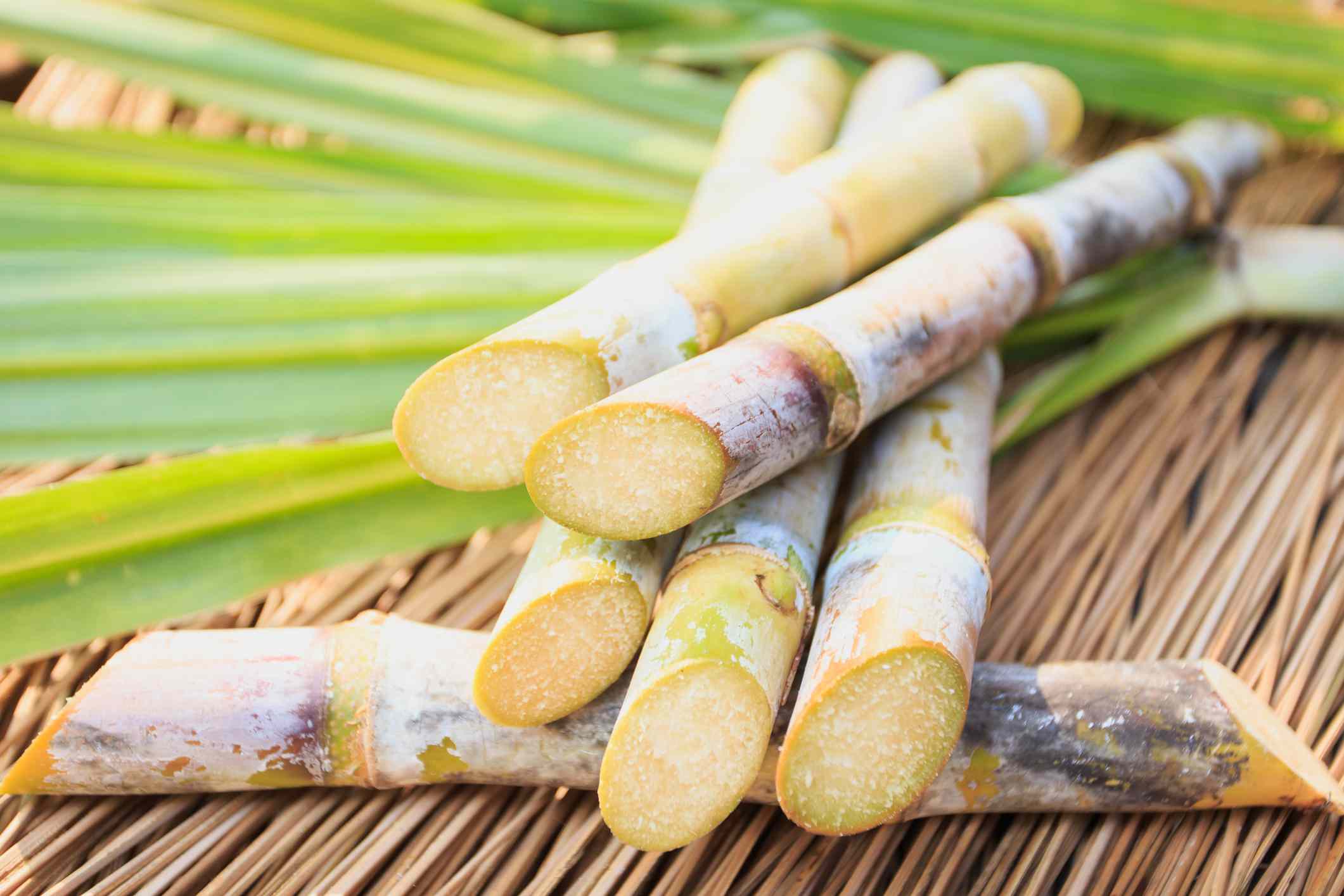
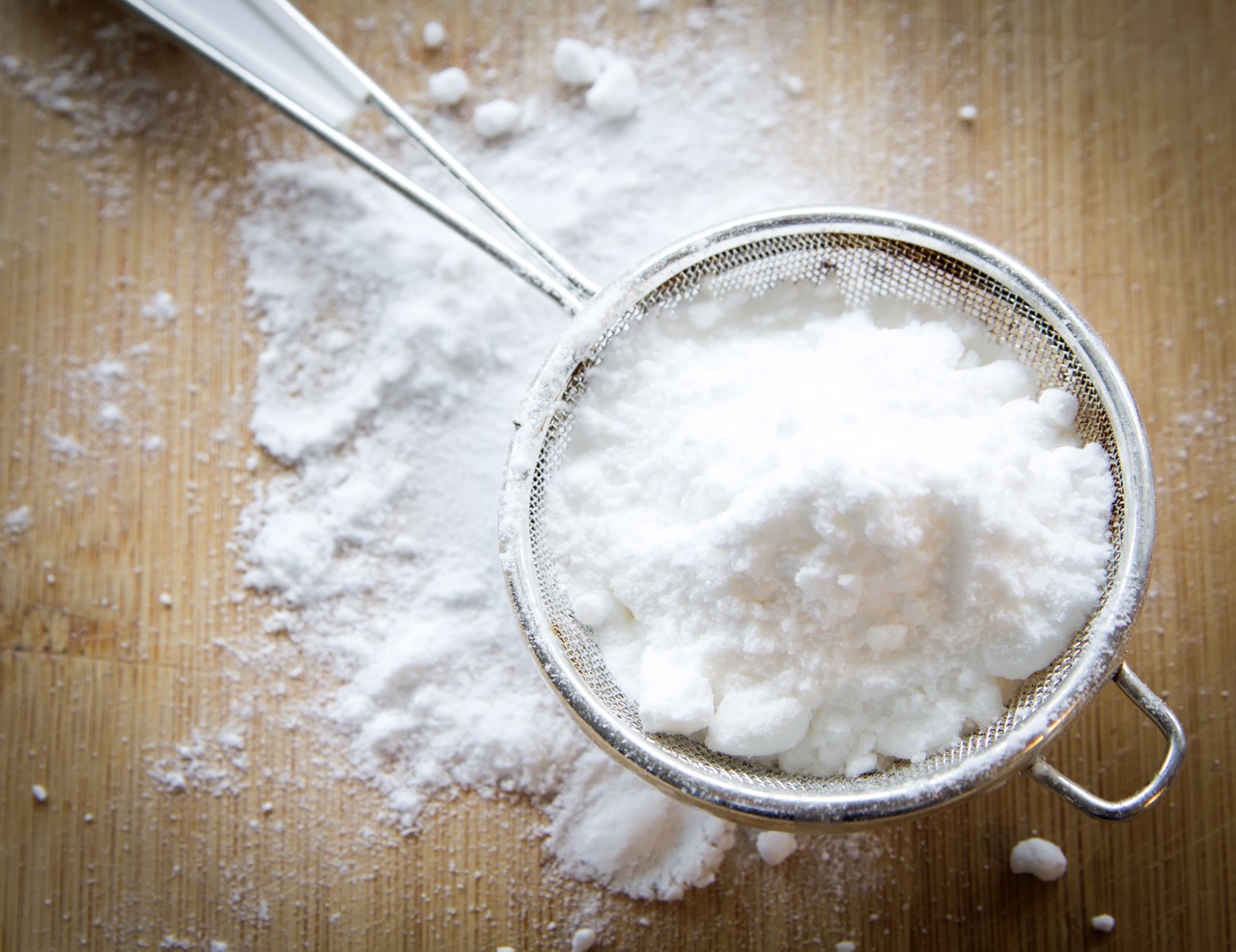
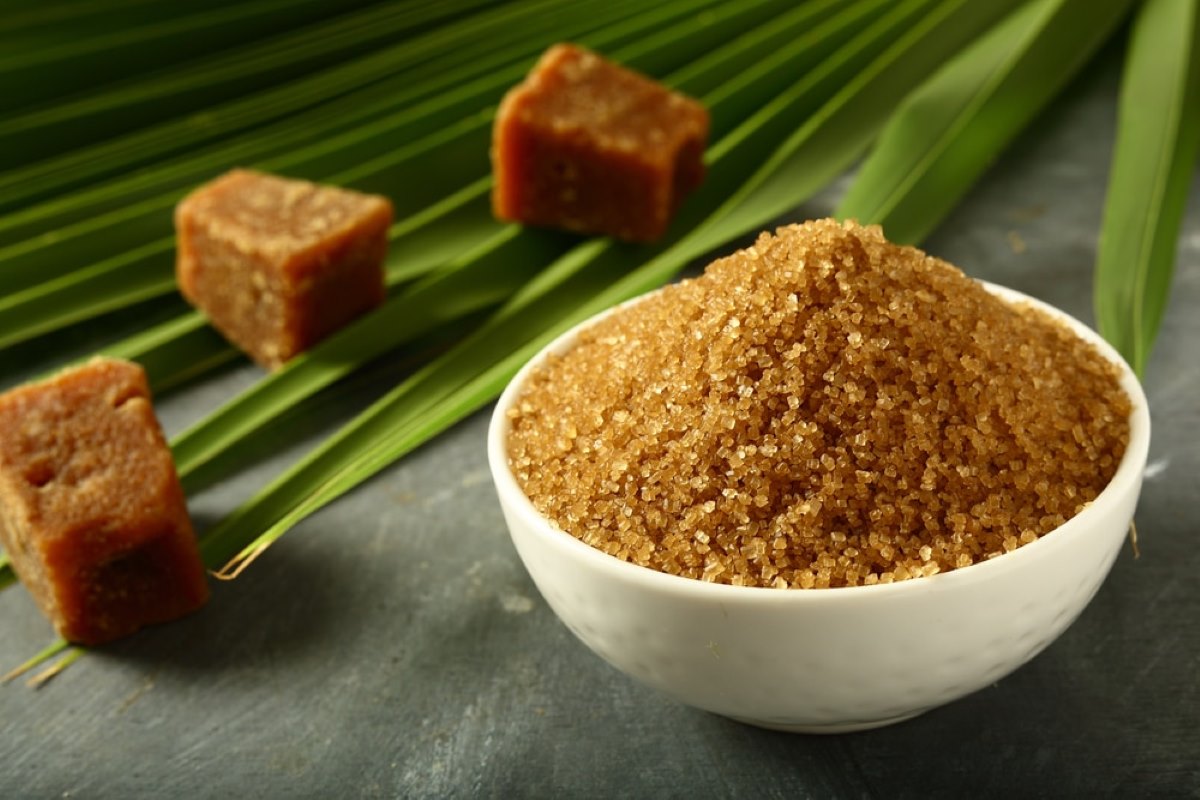
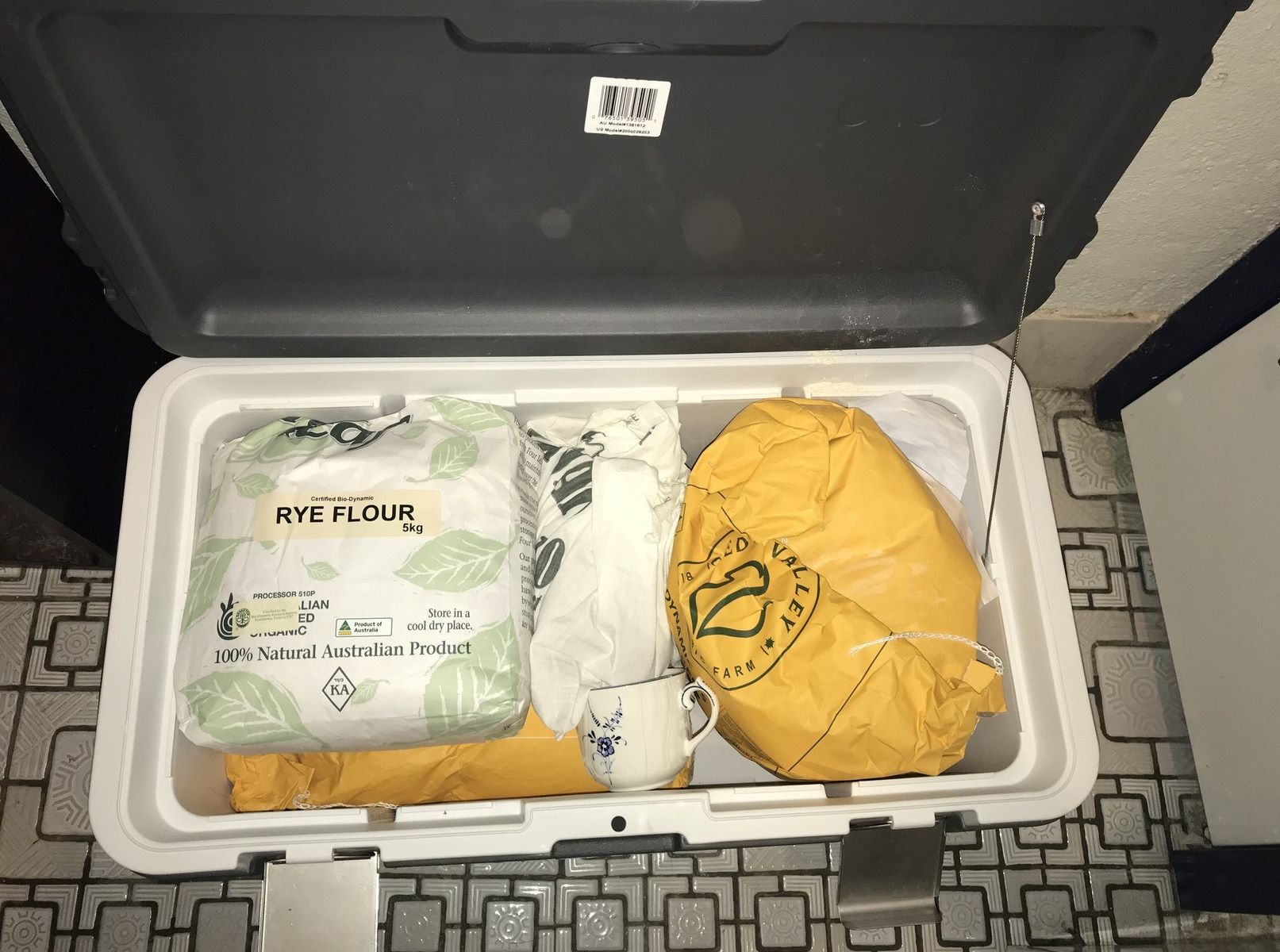
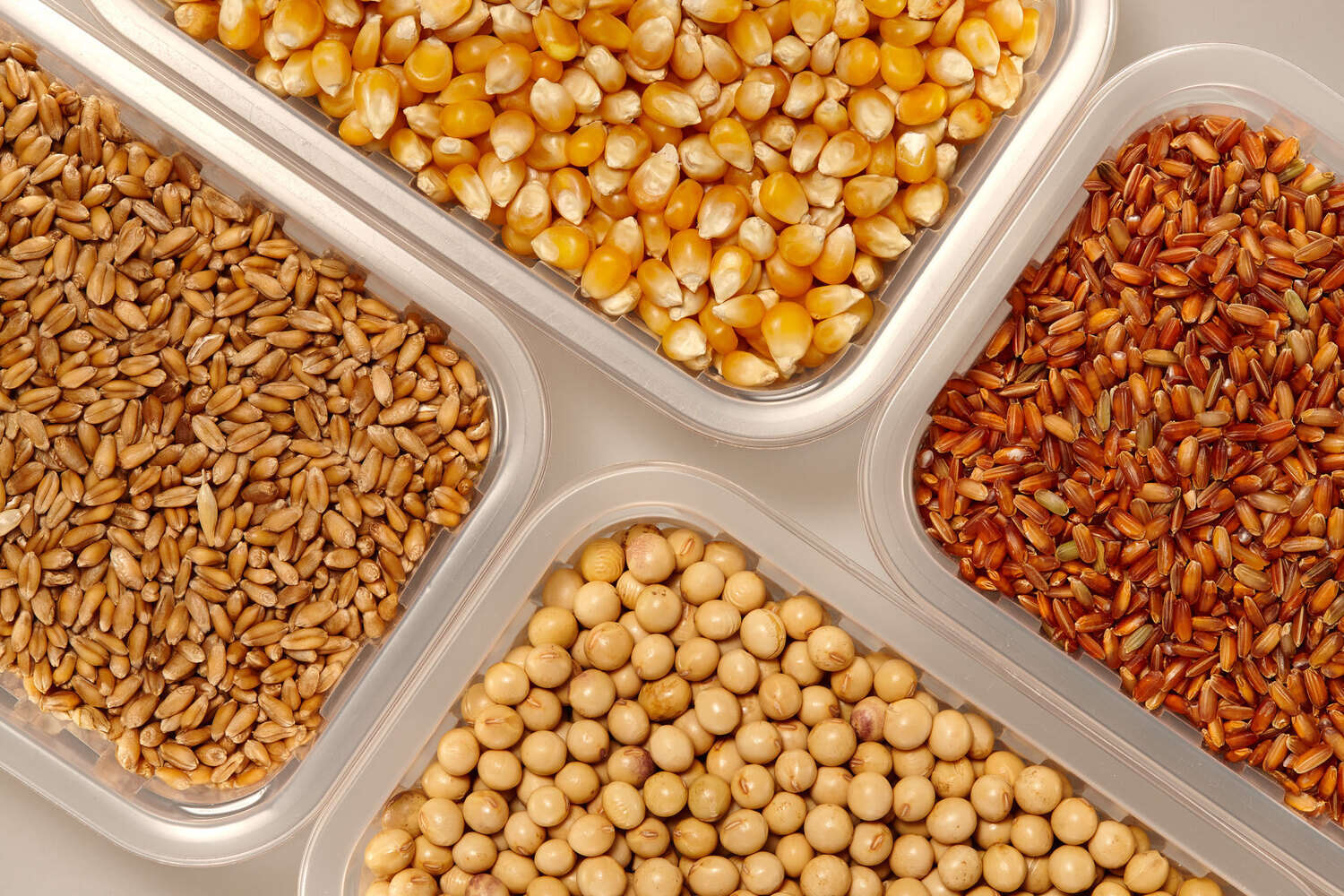
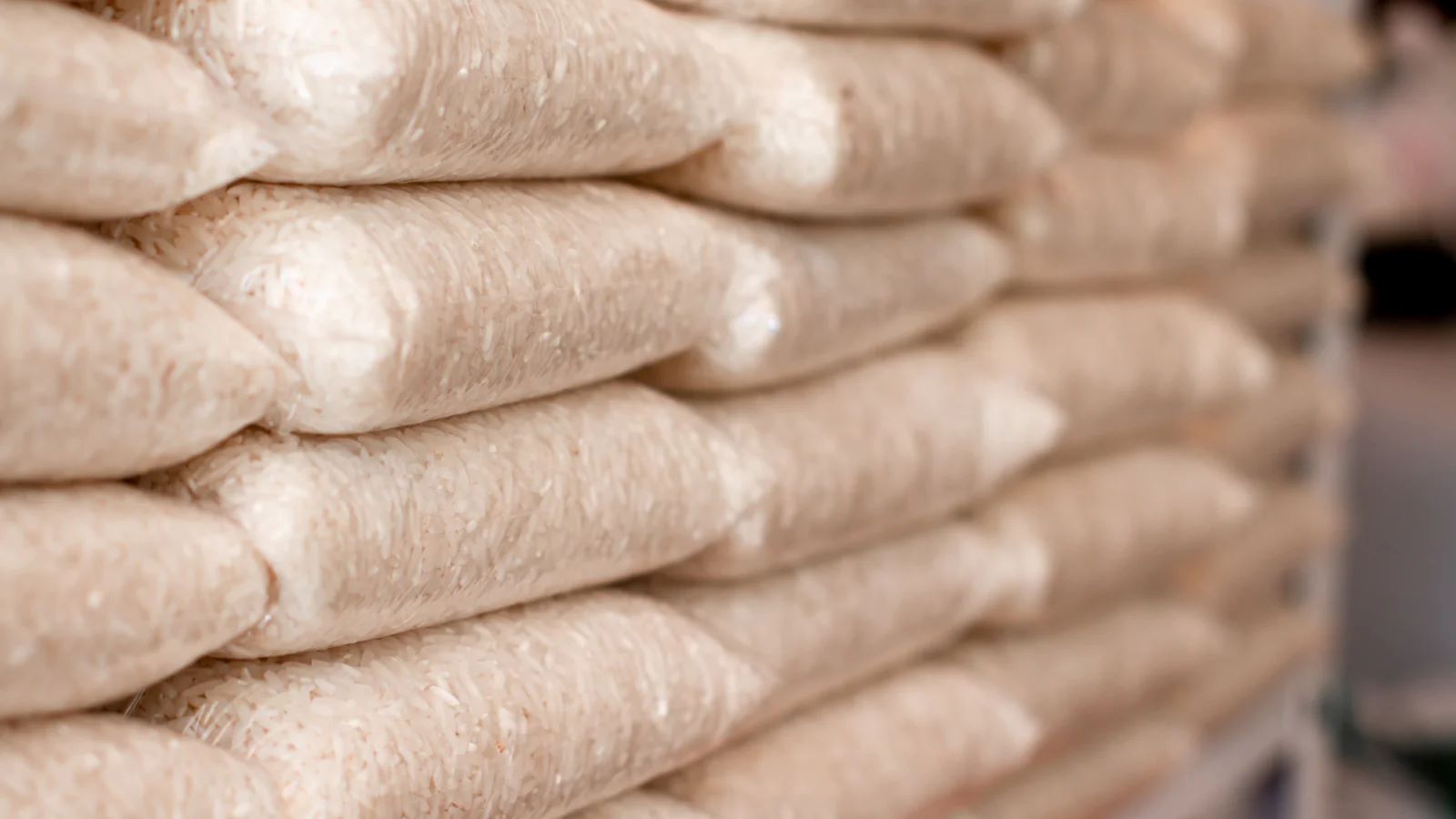
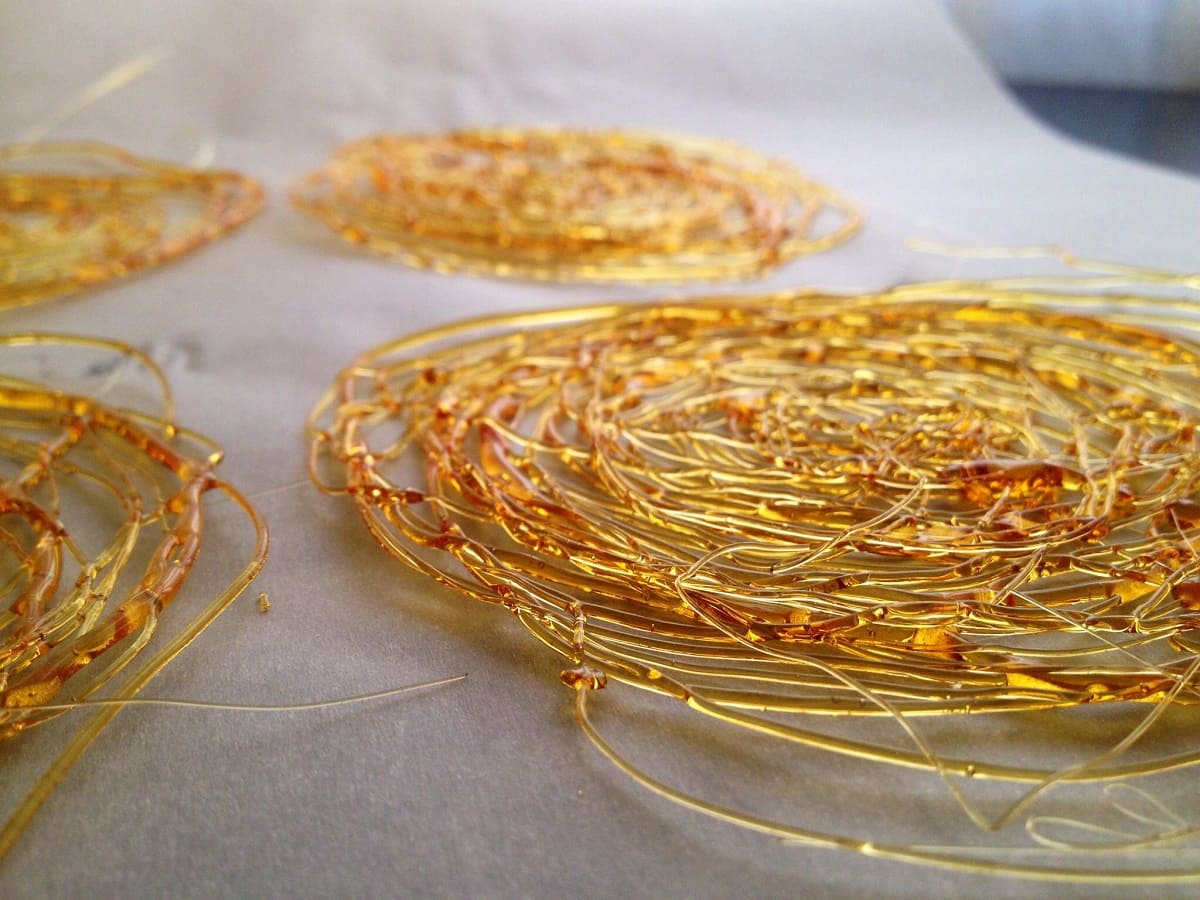
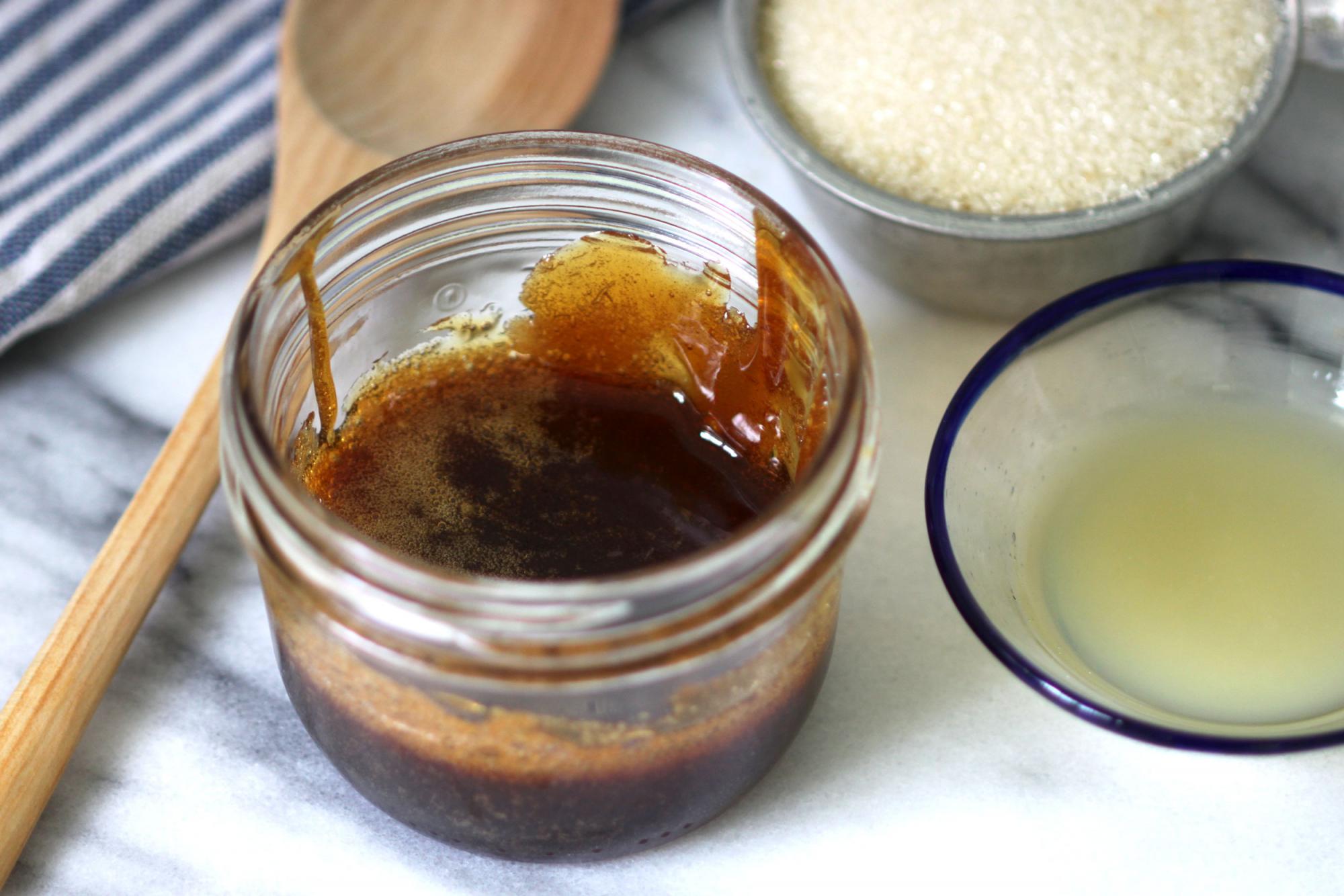
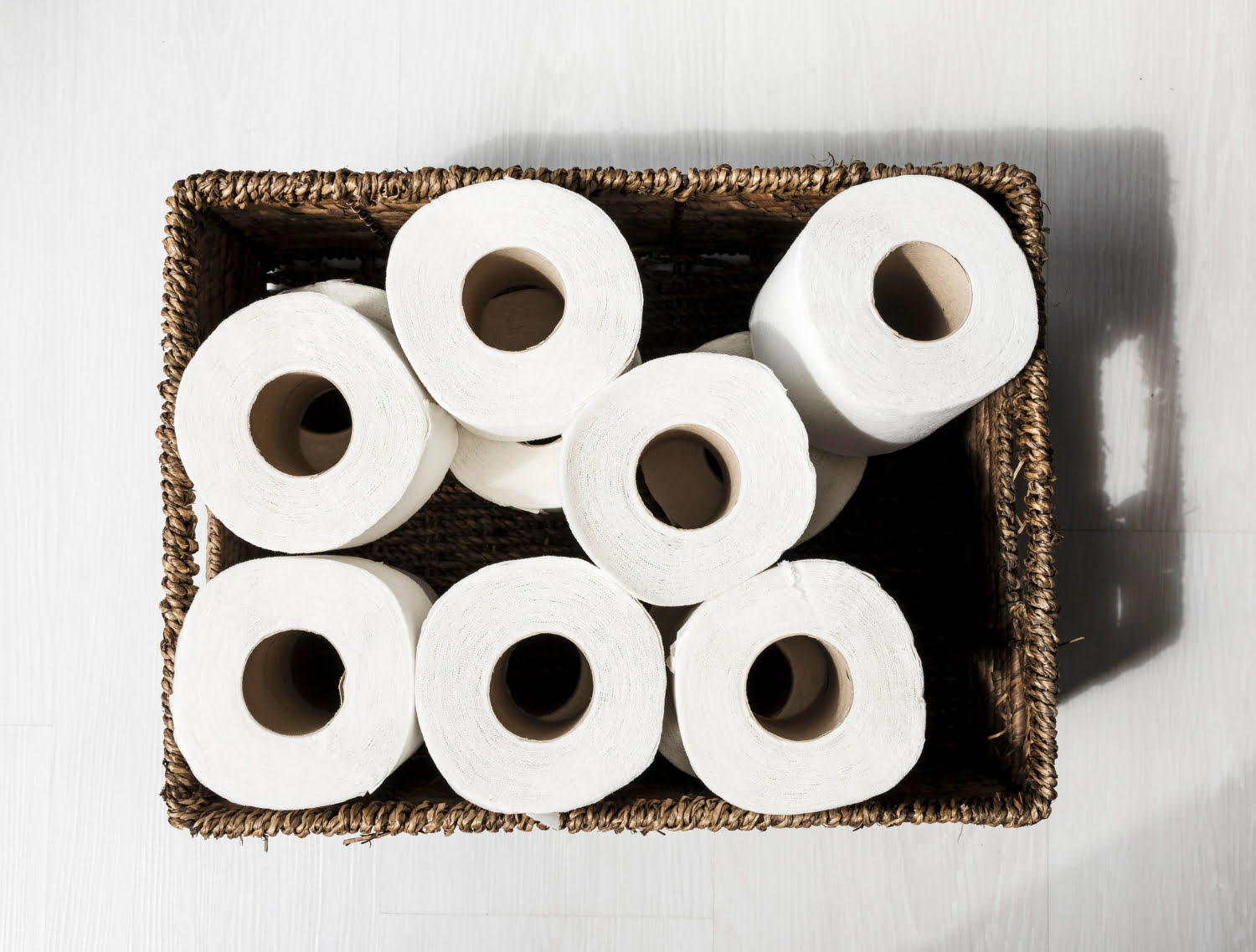

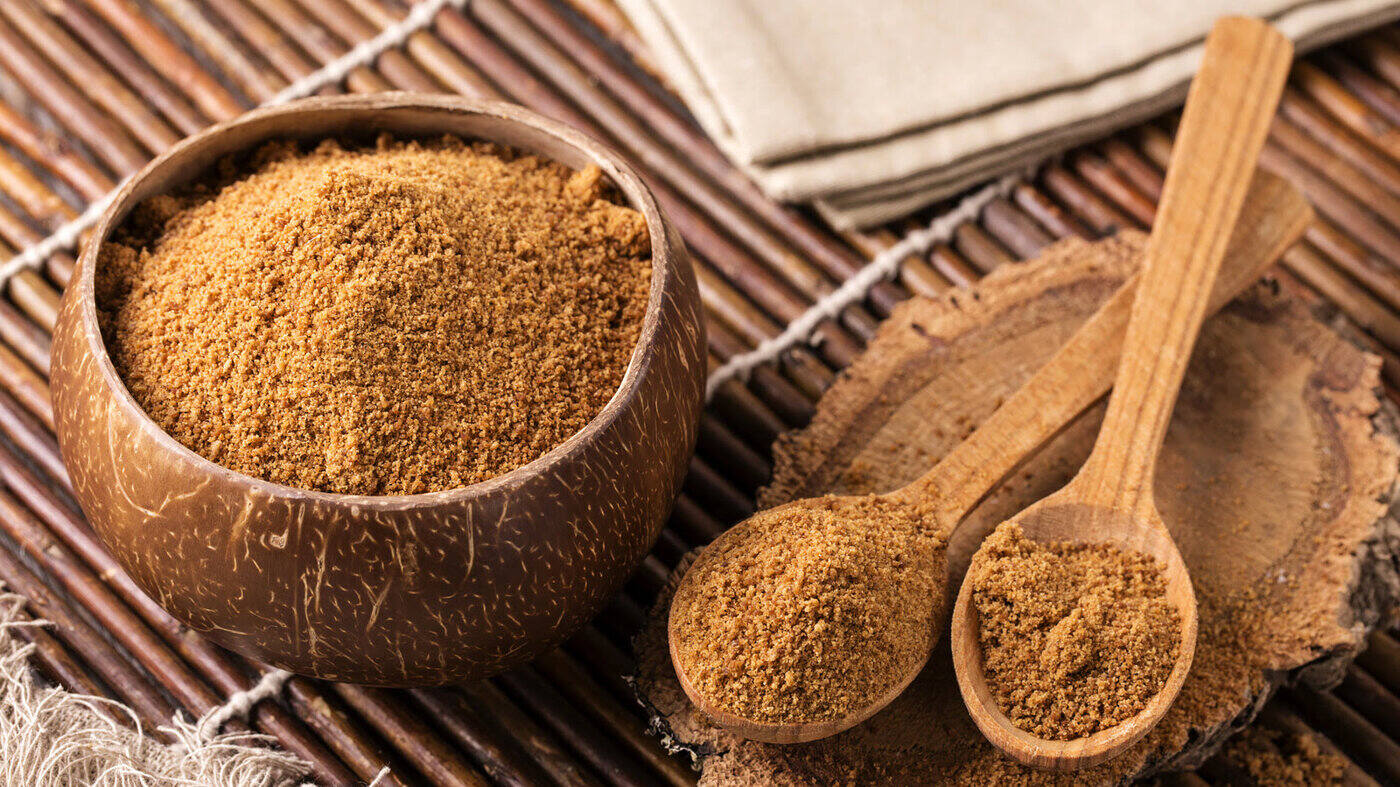
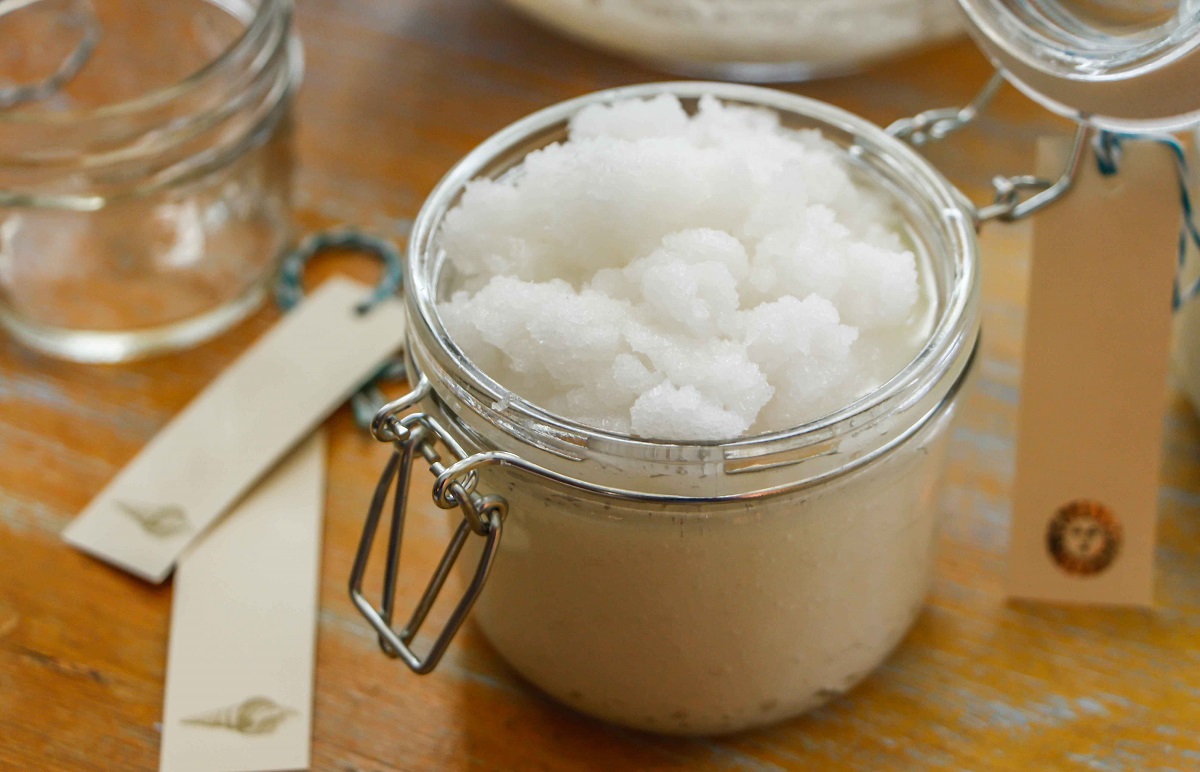
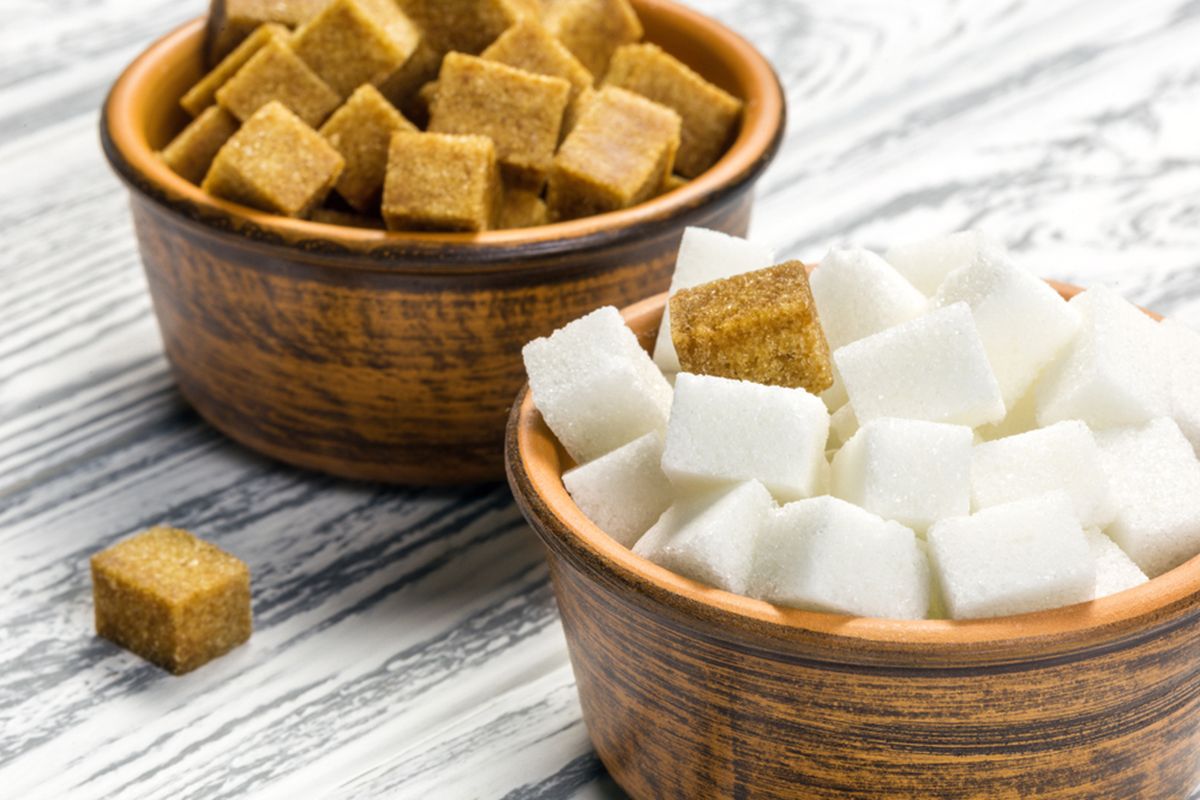
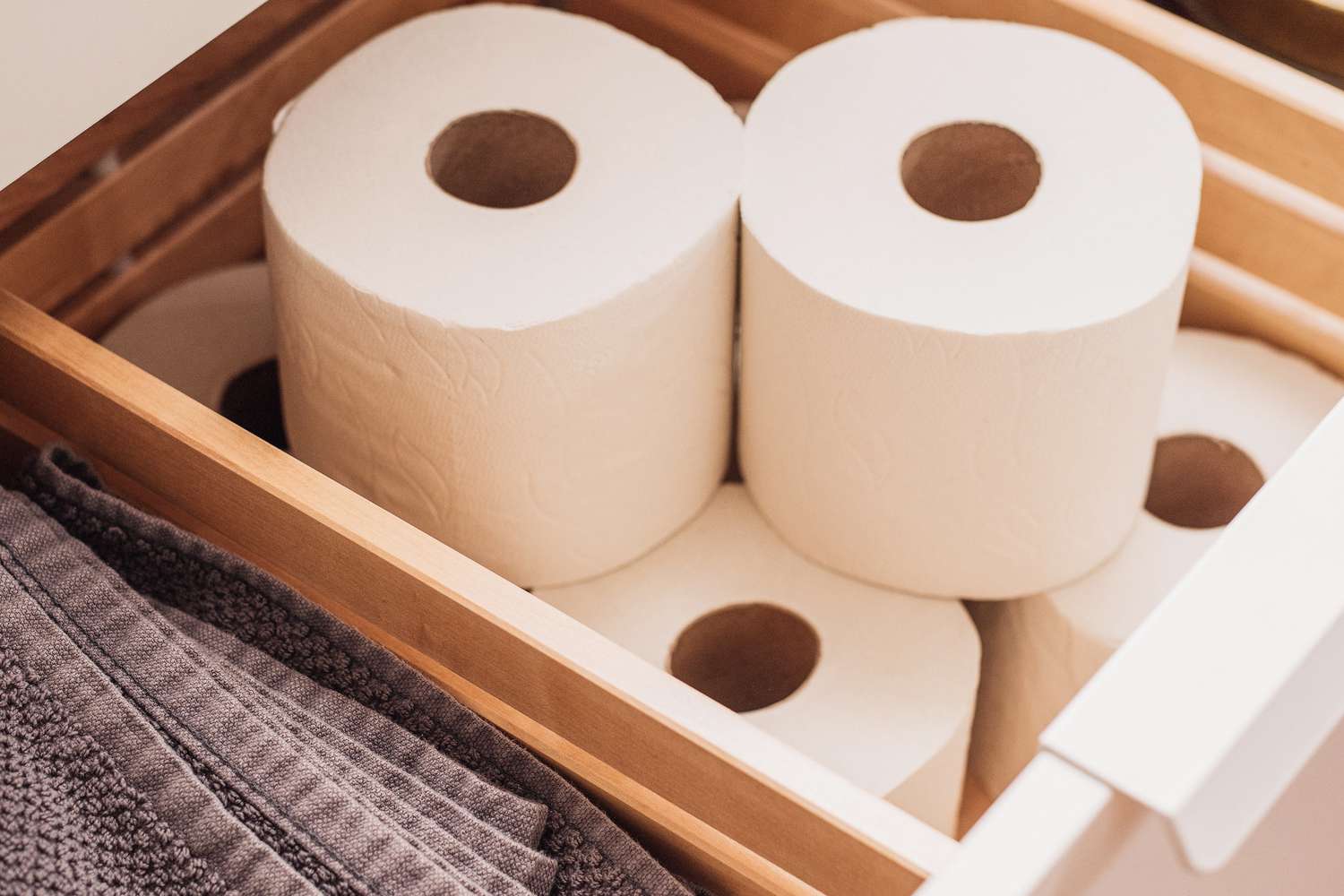

0 thoughts on “How To Store Bulk Sugar”